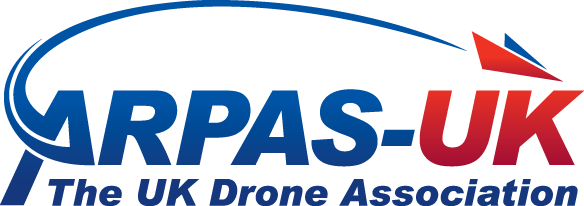The Queensland Police’s Forensic Crash Unit Aerial Mapping Project has demonstrated that using the latest drone technology it can cut crash scene mapping times in half; a considerable saving in resources. It was estimated that in one year, congestion caused by traffic incidents on Brisbane roads cost the community A$23m (US$15.7m) in lost time and productivity. One contributing factor to the time for road closure during traffic incidents was scene mapping by investigating officers of the Police’s Forensic Crash Unit. As a consequence, the project was set up to evaluate the benefits of using drone technology to map crash scenes.
“This is a World First: The implementation of this innovative drone technology is a win-win-win. Roads closed for a shorter period, better evidence, and no increase in cost,” said Queensland Police Minister, Mark Ryan. “This innovative approach to policing is why the Queensland Police Service is rightly regarded internationally as a world class operation. They are always looking to technology to provide better outcomes for the community. This has been a thoroughly researched project and included consultation with key stakeholders to develop procedures and policies for the effective and safe deployment of the drone technology on motorways, highways and major arterial roads and its subsequent admissibility in court.”
“The savings economically are in the millions of dollars, the savings individually are probably in the thousands of hours.” said Michael Keating, Assistant Commissioner for Queensland Police.

